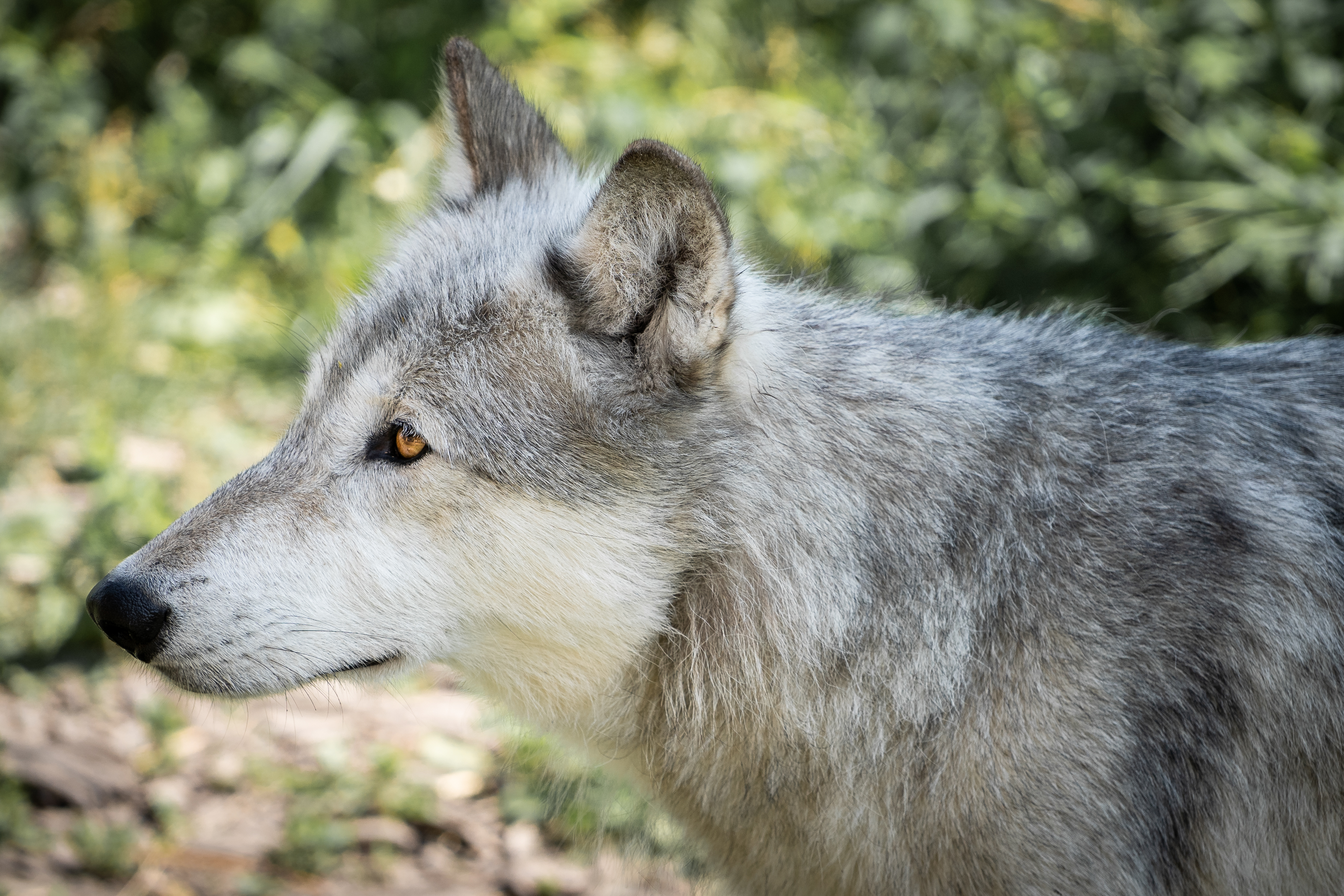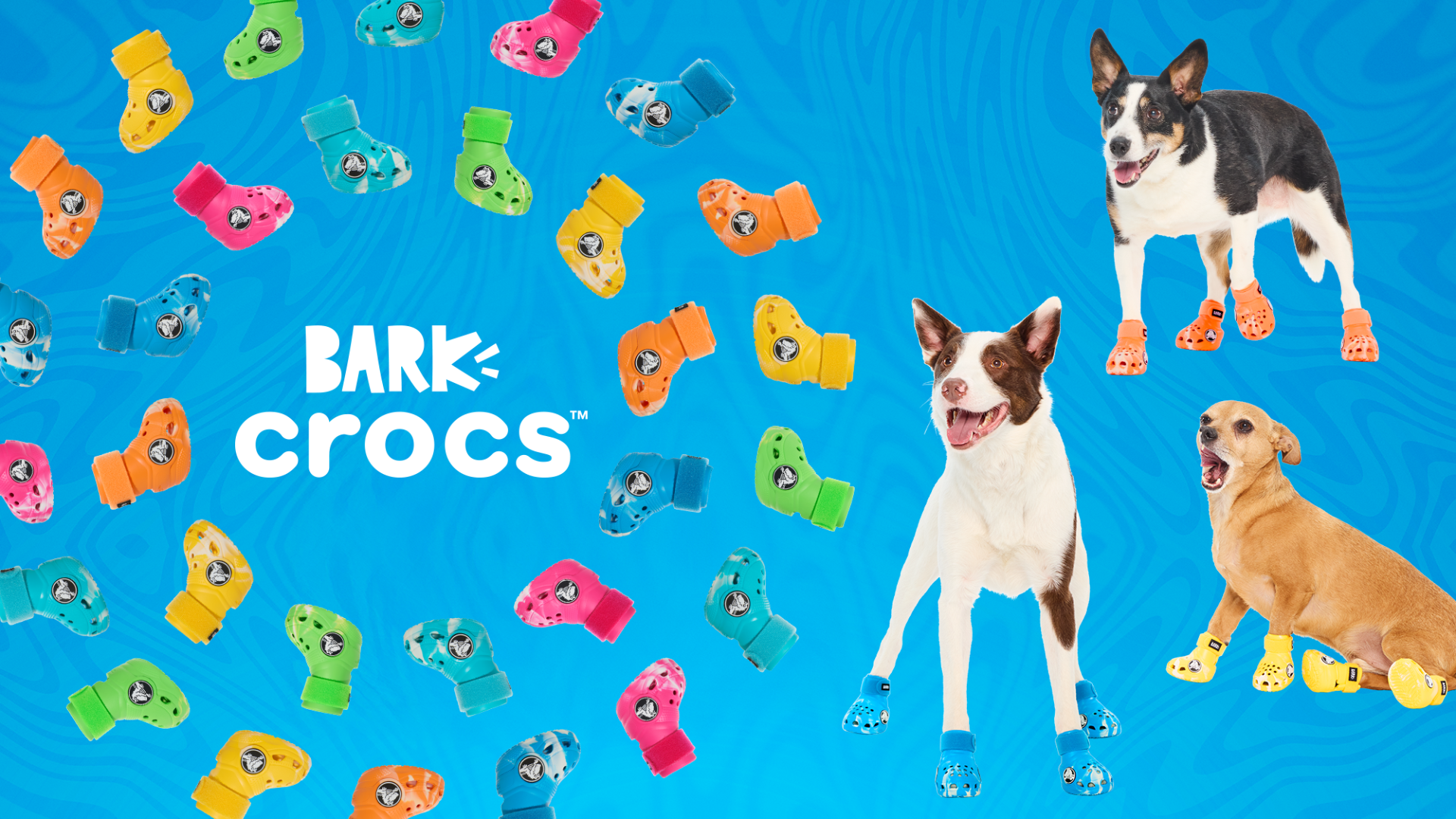What is a wolfdog?
We answer the question 'what is a wolfdog?' and give you the lowdown on this intelligent, affectionate but highly complex canine

If you’ve found yourself asking the question ‘what is a wolfdog?’, then rest assured, you’re not alone. Wolfdogs have long been a subject of fascination amongst animal lovers and it’s not hard to see why.
These somewhat mysterious creatures are the result of interbreeding between dogs and wolves and tend to have a strikingly beautiful appearance that many people find captivating.
But while wolfdogs are indeed stunning, they are highly complex animals that require experienced owners who possess a solid understanding of their unique physical, mental and social needs.
A wolfdog is not for the faint of heart and they can be seriously challenging depending on the amount of wolf content they contain in their DNA. And yet while they’re not an easygoing dog, with the right love, care and socialization, they can make wonderful companions.
Let’s take a closer look at what makes a wolfdog a wolfdog, including their history, genetic makeup, common behaviors and that all important question of whether you should get one.
- From wolf to dog: How wild animals became our favorite pets
- Introducing the Boerboel dog: Gladiator of the canine kingdom
- Meet the monster mastiffs guaranteed to take your breath away
What is a wolfdog?
A wolfdog is any dog that possesses both domestic dog and wolf in its DNA and is the result of a wolf and a dog mating together to produce a hybrid species. This can happen via a range of different parent combinations, such as a pure wolf and a pure domestic dog or two wolf dogs.
“Wolves and dogs are interfertile, meaning they can breed and produce viable offspring,” according to Wolf.org. “In other words, wolves can interbreed with dogs, and their offspring are capable of producing offspring themselves.”
Get the best advice, tips and top tech for your beloved Pets
Wolfdogs are mostly the result of human manipulation because wolves, in general, are highly monogamous and territorial, so it’s likely that they would react aggressively to a domestic dog trying to enter their pack.
The W.O.L.F. Sanctuary, a Colorado-based organization devoted to improving the quality of life for wolves and wolf dogs, believes that wolfdogs have been created for numerous reasons, ranging from people mistakenly believing they’ll make better guard dogs to simply liking the wolf look.
Because of the misconceptions that swirl around wolfdogs, both captive wolves and wolfdogs often suffer mistreatment that can lead to death, a result of people being unprepared for the realities of owning one due to a lack of knowledge regarding wolfdog behavior, socialization, and proper care.
While they tend to be incredibly gentle giants, wolfdogs aren’t for everyone, so it’s important to do your research if you’re considering welcoming one into your family. Dog breeds that are often crossed with wolves to create wolfdogs include the Siberian Husky, Samoyed, Akita and Alaskan Malamute. Most grow to between 26 to 34 inches in height and can weigh anywhere from 60 to 120lbs.
The history of the wolfdog
Dogs are classified as a subspecies of wolves, with the first domestic dog thought to have evolved from the wolf around 15,000 years ago. Through a centuries-long process of domestication, a dog's genes have been altered to help them adapt to living alongside humans.
While interbreeding could have been taking place for some time, the first documented case of a wolf and a domestic dog being bred together was recorded in England in the mid-eighteenth century. By the 1960s, interbreeding was common practice, with gray, eastern timber, red and Ethiopian wolves all being bred with domestic dogs to create companion animals.
And while it’s common to hear the terms ‘wolf dog’ and ‘wolf hybrid’ being used interchangeably, the W.O.L.F. Sanctuary states that the latter is a less desirable option.
“Many hybrids, such as the mule, are sterile as a result of the two parent species having differing numbers of chromosomes. However, since wolves and dogs are closely related genetically (sharing over 99% of their DNA) and have the same number of chromosomes, wolf dogs are an example of an intraspecific hybrid (a hybrid at the sub-species level), which are capable of producing viable offspring. Since they are inherently fertile, “wolf dog” is more commonly used.”
Wolf content

It’s not unusual to hear people talking about ‘content’ when they speak of their wolfdog and what they’re essentially referring to is the ratio of wolf genes to dog genes in that particular animal's DNA.
Wolfdogs can be classified in one of three ways: Low-content, medium-content or high-content. A low-content wolfdog has genes that come mostly from the domestic dog with a small amount from the wolf. A medium-content wolfdog has anywhere from 50% - 75% wolf DNA and a high-content wolfdog has predominantly wolf genes with a small amount of domestic dog DNA.
Assessing genetic content can be very difficult and breeders and scientists tend to examine physical, behavior and genetic characteristics to try to gain an accurate picture.
Phenotyping, a term used to describe using physical characteristics to identify wolf dogs, involves looking at the color of the eyes, the width of the chest, the shape of the muzzle and the size of the paws.
Wolf and dog behaviors do differ and so while this can be a useful guide, it’s important to understand that using behaviors as a strategy for assessing genetic makeup can still be flawed. For example, a poorly socialized domestic dog may exhibit the same cautious behavior seen in wolves and a well-socialized wolf may be outgoing like a dog.
Most wolfdog experts won’t assign a percentage for the simple reason that getting it accurate is incredibly challenging. However, if you have a wolfdog and are keen to get a more detailed picture of their genetic makeup, a DNA test is the best way of going about doing this.
Common behavior of wolfdogs
Choosing to welcome a wolfdog into your home is a big decision as these are not low-maintenance dogs and while they can make wonderful companions, they have particular behaviors that can prove challenging for inexperienced owners.
Perhaps the most important thing to note is that wolfdogs can be highly unpredictable and unlike domestic dogs, they don’t have the same desire to please their owners, which can make training them a challenge.
Wolfdogs tend to have the shyer nature that’s associated with the wolf and because of that, they don’t make good guard dogs. While they can be territorial, any aggression tends to be fear induced and because of that they can be unpredictable.
Any wolfdog is going to be highly active and will require between 3-4 hours of exercise a day. They have high physical, mental and social needs that must be met so that they don’t pose a risk to humans.
But on the flipside, wolfdogs are also known for being incredibly affectionate, playful and intelligent, so with the right training, they can be a delightful addition to the home.
Should you get a wolfdog?
As you’ve probably guessed by now, being the pet parent to a wolfdog is not for the faint of heart. These dogs require a big time and energy investment and the higher the wolf content, the less likely they are to be suitable for homes with children.
If you’re keen on having a wolfdog, it’s important to educate yourself well on their specific needs and to ensure you have the resources available to meet these. While it may sound cool, owning a wolfdog isn’t a walk in the park, but it can be incredibly rewarding if you go into it with your eyes open.

Kathryn is a freelance writer who has been a member of the PetsRadar family since it launched in 2020. Highly experienced in her field, she's driven by a desire to provide pet parents with accurate, timely, and informative content that enables them to provide their fur friends with everything they need to thrive.
Kathryn works closely with vets and trainers to ensure all articles offer the most up-to-date information across a range of pet-related fields, from insights into health and behavior issues to tips on products and training.
When she’s not busy crafting the perfect sentence for her features, buying guides and news pieces, she can be found hanging out with her family (which includes one super sassy cat and a kitten), drinking copious amounts of Jasmine tea and reading all the books.
She has written for a range of publications, including Fit&Well, Top Ten Reviews, LiveScience, Goodto, and Product Hunt.
